Easter Island, Chile
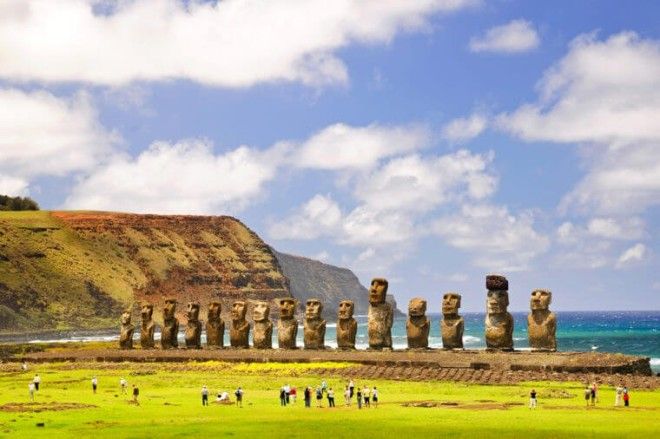
Known for it's more than one thousand Moai statues, Easter Island may be famous, but it's remote—more than 2,000 miles away from modern civilization. The statues were sculpted by the Rapa Nui people from volcanic rock between 1250 and 1500 AD. The island's three peaks, Terevaka, Poike, and Rano Kau, are comprised of the same ancient lava and create a visually stunning landscape. Flights to and from Easter Island are limited, as are conveniences like air conditioning—but anyone who's been will tell you it's worth the trip.
Longyearbyen, Norway
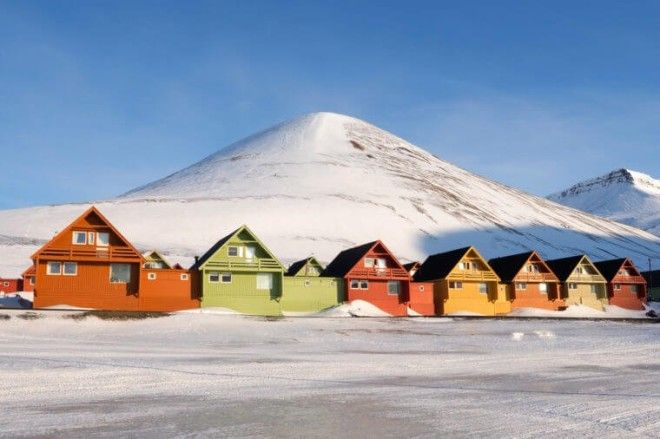
This is one of the northernmost decent-sized towns on earth. In 1950, Longyearbyen passed a law that prohibited burial in this frigid region, due to the fact that the frozen ground would mummify corpses indefinitely. There's a running joke that it's illegal to die in Longyearbyen; there also happens to be a law requiring locals to carry a gun for protection against polar bears. On the archipelago of Svalbard, this unique town's 2,100 residents hail from a variety of countries. Popular outdoor activities include kayaking, cross-country skiing, snowmobiling, and biking.
Devon Island, Canada
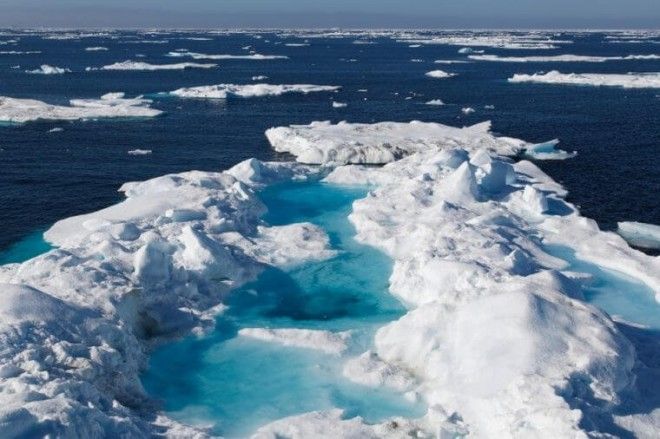
You know a place is desolate when NASA designates it for interstellar research. The space program has tested robots, spacesuits, and vehicles here in preparation for a mission to Mars. Part of the Queen Elizabeth Islands, Devon is the second largest in the group and is situated within the Canadian Arctic Archipelago, closer to Greenland than the heart of Canada. The barren landscape guarantees you solitude—it's even devoid of most animal life!
Crescent Lake, China
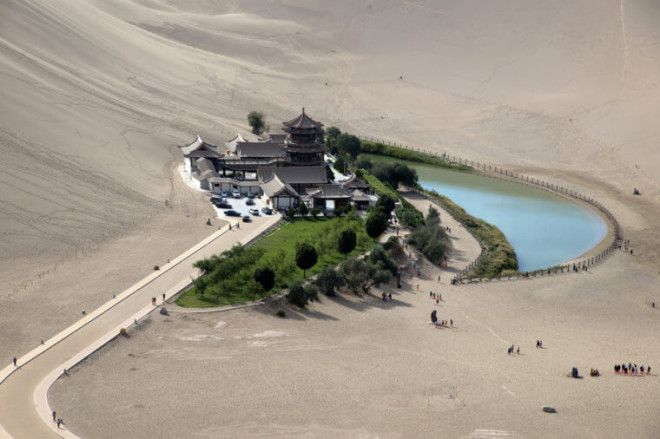
Want a true desert oasis? Plan a trip to the 2,000 years old Crescent Lake, a moon-shaped body of water in the Sahara Gobi Desert fed by natural springs. A small, isolated town sets on the edge of the water, but since shuttle buses can bring visitors to the area, it's one of the few easily accessible remote wonders.
Danakil Depression, Ethiopia
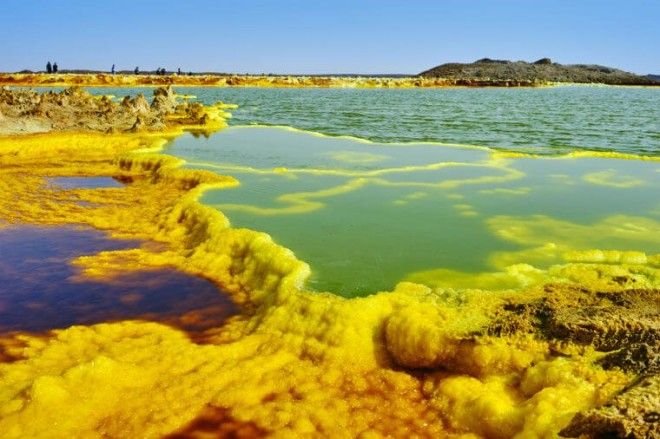
Danakil Depression is a crater in Northeastern Ethiopia, where surreal landscapes composed of salt, acid pools, and sulfur compound surround one of the few known lava lakes in the world. With scorching temperatures, it is the hottest place on earth, often referred as "The Gateway to Hell."
Barra Island, Scotland
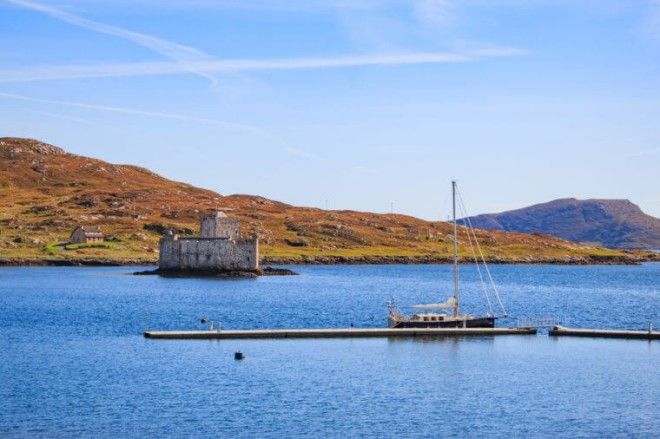
Barra is the southernmost inhabited island in the Outer Hebrides. With a population barely of just more than 1,000, the 10-mile-long island has generous space to roam and explore. Getting there requires boarding a tiny propeller plane that lands on the sandy beach; Barra's runway disappears with changing tides, which dictates when visitors can come and go. Needless to say, the flight is breathtaking.
Apolima, Somoa
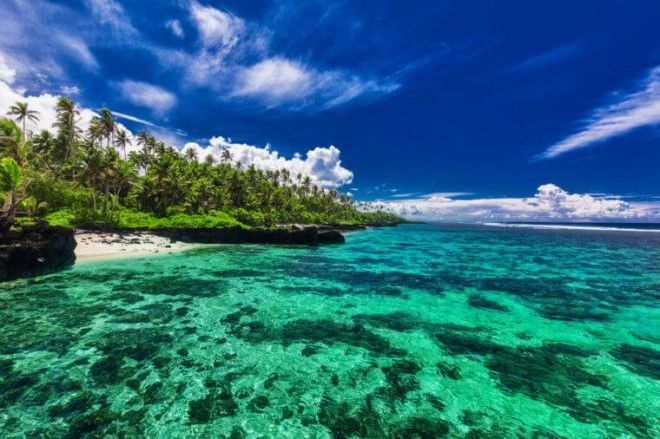
Somoa is comprised of four islands, and Apolima is the smallest. Don't let its size fool you, though: Apolima is bursting with breathtaking jungle foliage and surrounded by pristine blue water. Travelers must negotiate with local families to arrange a stay, however, and a boat ride is your only way there.
.
Tristan da Cunha
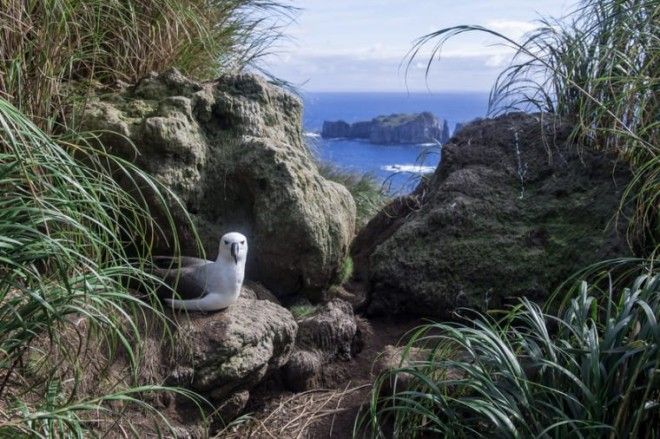
This group of volcanic islands in the south Atlantic is a British overseas territory. While it rains a lot, the island is the perfect place to spot whales, dolphins, penguins and a diverse assortment of seabirds. Intense isolation and beauty draw those in need of refuge from the world. Only 269 people reside on the island, making it the most remote island on earth—the nearest land mass is more than 1,500 miles away.
McMurdo Station, Antarctica
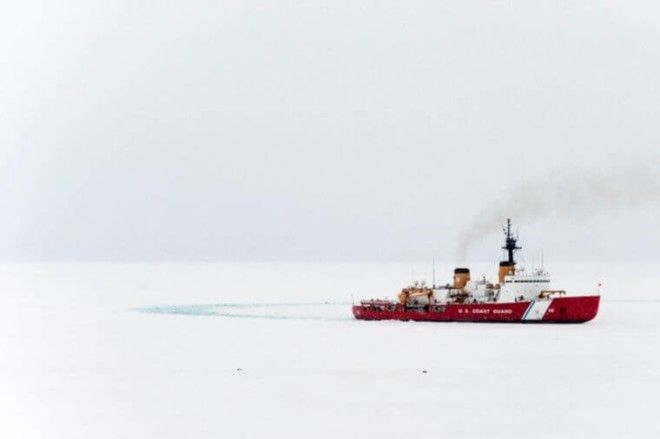
When you think of remote destinations, Antarctica has to be on the top of your list. This scientific community at the southern edge of Ross Island sits a mere 850 miles north of the south pole. Researchers and scientists occupy McMurdo, which is the main U.S. research station on the continent.
The Kerguelen Islands, French Southern, and Antarctic Lands
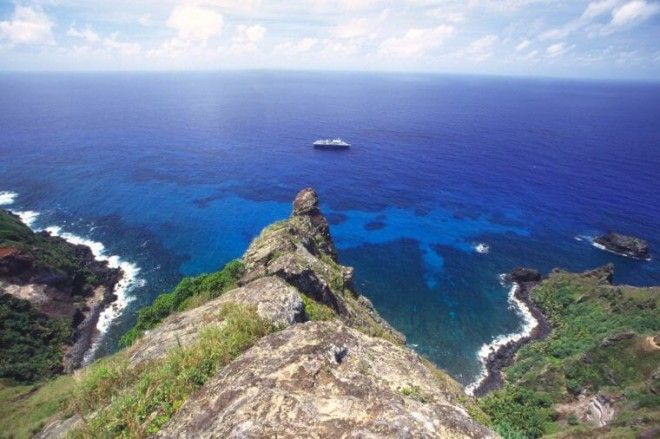
Located in the super southern portion of the Indian Ocean, this freezing cluster of islands rarely get visitors, earning the main isle the title of Desolation Island. If you have a thirst for arctic temperatures, you can get to this research station by ship.
Siwa Oasis, Egypt
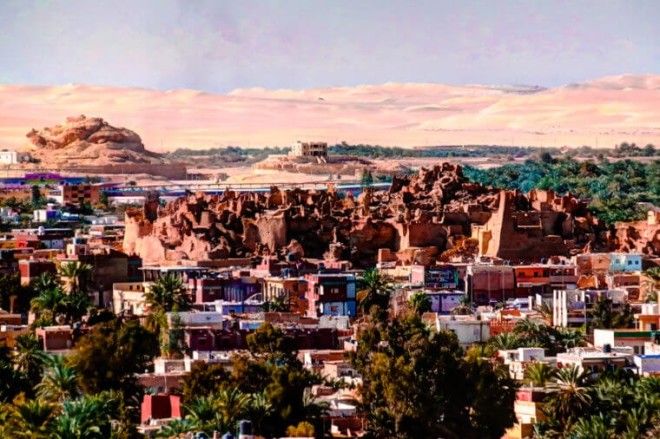
North African culture is tightly preserved in Siwa, as it resides away from the rest of inhabited Egypt. Although it gets few visitors, the oasis is just five hours from Cairo in the Western Desert. Two hundred springs feed the mud-brick village, and those who visit are in for a truly incredible experience of indigenous foods and ancient practices.
Pitcairn Island, South Pacific
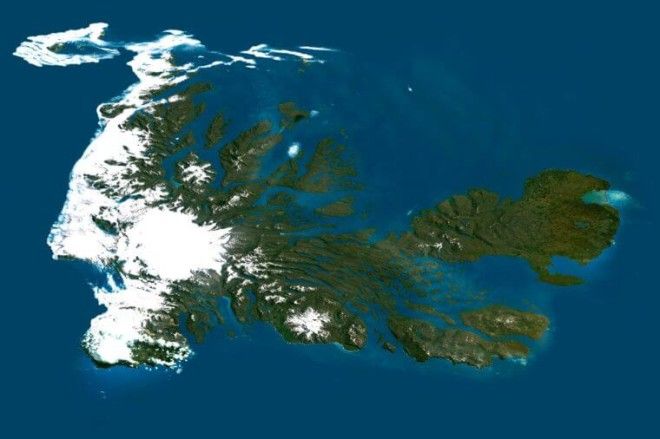
There are just 50 people living on this gorgeous slice of paradise, despite the UK-territory offering free land to those who will become residents. As a tropical destination, the island offers incredible snorkeling and sunbathing; however, there aren't many jobs in Pitcairn for those looking to relocate. At a 3,000-mile remove from New Zealand, the island sits mostly empty. The clear surrounding ocean rivals the most beautiful island waters in the world.
Tibetan Plateau, China
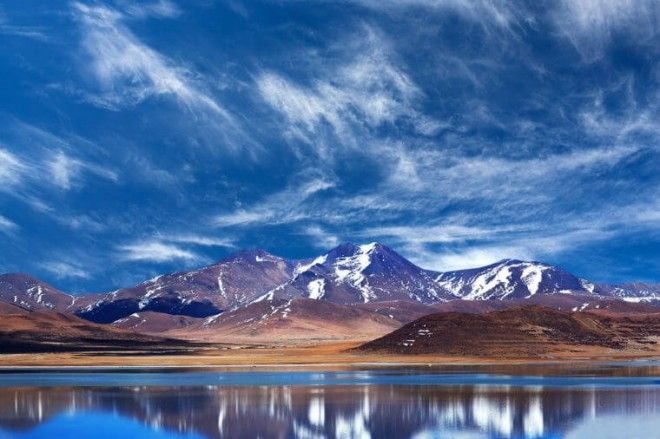
Spreading over 965,000 square miles, the Tibetan Plateau sits between the Kunlun Mountains and the Himalayas at an elevation of 13,000 to 15,000 feet. Much of Asia's water comes from this region, home to countless lakes and rivers. The plateau's natives have continuously inhabited the area for more than 20,000 years, though only a small number remain.
Socotra Island, Yemen
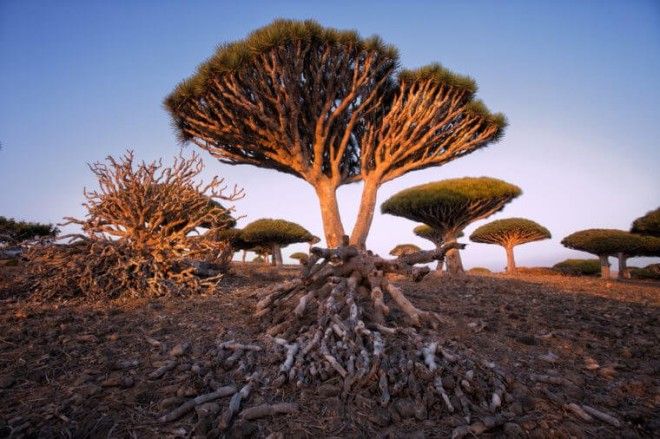
Due to its peculiar landscape and oddly shaped foliage, Socotra is affectionately known as the "Alien island". It's believed that the ocean once covered the land, resulting in its limestone foundation in which rare Dragon's Blood trees have rooted. An unwritten language, known as Soqotri, is spoken among natives; immigrants of Arab, Somali, Greek, and South Asian descent also live in Socotra. Though more people visit these days, the bizarre flora and fauna of the island will transport you to another world.

